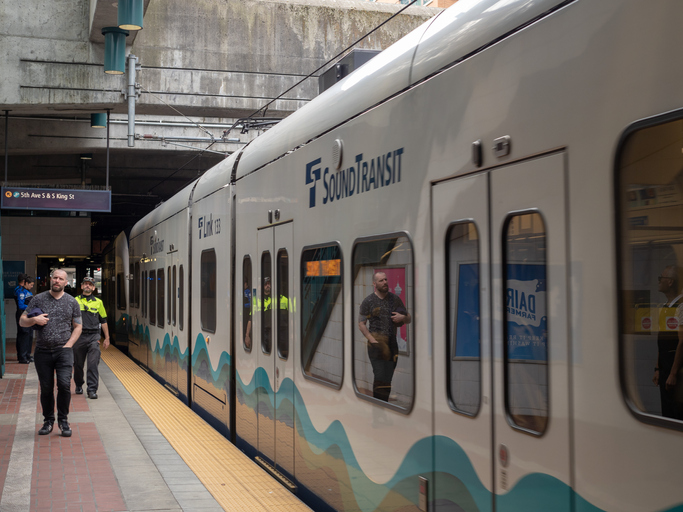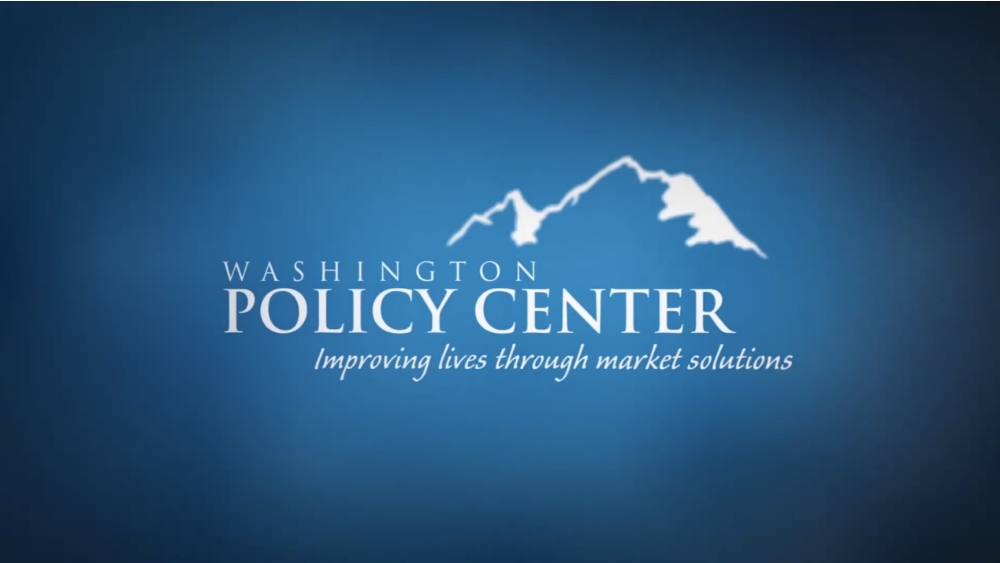Related Articles
Washington should apply for its share of federal high-speed rail stimulus funds for safety improvements such as grade crossings and signaling systems, but not for new trains that will obligate taxpayers to pay millions of dollars in annual subsidies, says a new study written by WPC adjunct scholar Randal O'Toole.
The report, Why the U.S. and Washington Should Not Build High-Speed Rail makes the following key findings:
· Initial funding commits the nation to a program whose eventual costs! could exceed $1 trillion. This doesn’t count overruns, operating subsidies, and rehabilitation costs.
· Outside of the Boston-to-Washington and Philadelphia-to-Harrisburg routes, Amtrak short distance trains lose an average of
$37 per passenger and Amtrak expects the states to cover most of these operating losses.
· A hidden cost of rail is that it must be rebuilt about every 30 years. This means construction could leave states obligated to fund billions of dollars in rehabilitation costs.
· The fact that American freight railroads are profitable while European passenger lines are not suggests that freight, not passenger, is the highest and best use of a modern railroad in most places.
· It is far more cost-effective to save energy by encouraging people to drive more fuel-efficient cars than to build and operate high-speed rail.
· Considering the energy required for rail construction, improvements in auto and airline energy ef! ficiencies, and the high energy cost required to move trains a! t higher speeds, high speed rail will have little to no environmental benefit.
· Upgrading the 280 rail miles in Washington to 110-mph standards would cost nearly $1 billion.
· The average Washingtonian will take a round trip on high-speed rail once every 8.5 years.
· For every Washingtonian who rides high-speed rail once a month, more than 100 Washington residents will never ride it.
The complete report can be viewed online: Why the U.S. and Washington Should Not Build High-Speed Rail


